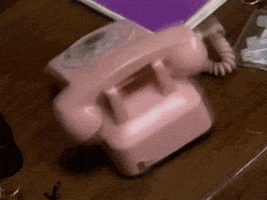A phone vibration and a drop of blood may be all you need to gauge clot risk in the future.
A phone vibration and a drop of blood may be all you need to gauge how quickly blood clots in the future, researchers reckon.
Patients taking anticoagulants such as warfarin usually need to track how quickly it takes their blood to form clots so their doctor can adjust their medication.
This usually takes regular, boring visits to a pathology clinic or investing in an expensive at-home testing system.
But that might all be a distant memory once proof-of-concept research from the University of Washington comes to fruition.
Their paper published in Nature Communications suggests that the extent of blood clotting can be measured by vibrating a drop of blood in a container beneath a smartphone camera.
The smartphone lab mixes a drop of blood with a clotting agent in a simple plastic container under the camera, then vibrates the device. The app algorithm then determines prothrombin time by examining how long it took the blood to clot.

“Back in the day, doctors used to manually rock tubes of blood back and forth to monitor how long it took a clot to form. This, however, requires a lot of blood, making it infeasible to use in home settings,” said senior author Professor Shyan Gollakota.
“The creative leap we make here is that we’re showing that by using the vibration motor on a smartphone, our algorithms can do the same thing, except with a single drop of blood. And we get accuracy similar to the best commercially available techniques.”
Siri, set phone to: Vibrate while sending story tips to felicity@medicalrepublic.com.au


